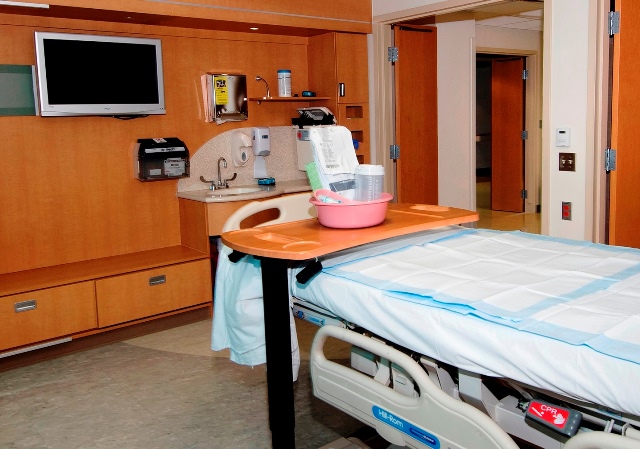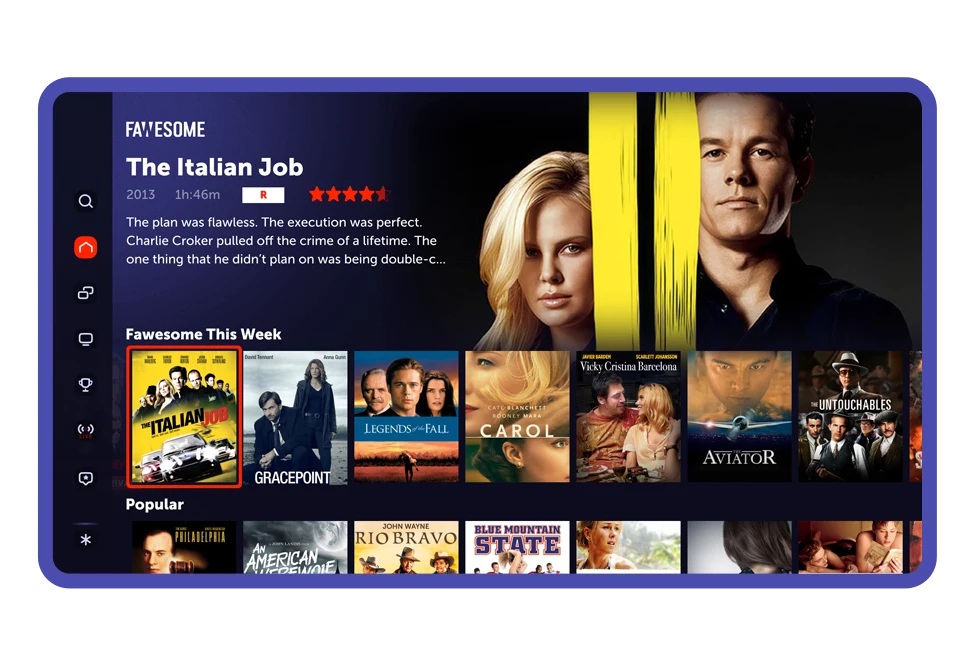TV Lessons Learned From A Hospital Visit
ALEXANDRIA, VA.--Earlier this year, my schedule was interrupted by the need for some rather urgent and delicate surgery. This was handled in a big city hospital by some very competent doctors, and if you hadn’t heard, I’m very pleased (and very grateful) to report that the procedure went well and I’m back to my normal routine.

I’m not going to bore you with details of “my operation,” but would rather like to relate something that occurred to me during my stay at the big city hospital where the procedure was performed.
After the surgery, I was delivered to an intensive care room for my initial recovery, and as soon as the effects of the anesthesia began to clear, I couldn’t help but notice a large wall-mounted flatscreen TV set in the room. Later in the day, when most of the fuzziness passed, I asked my wife to turn it on so that I could catch up on current events. At this point, however, we began to be visited by a steadily growing number of nurses, doctors, hospital attendants, and the like (all of whom provided me with some really great care, and I can’t thank enough). Most took time to make some small talk and were eager to learn more about my lifelong interest and occupation in television.
It was during these conversations with my “visitors,” (mostly in their 20s, 30s, and 40s), that I quickly learned that none had ever heard about ATSC 3.0 and the wonders it will bring, the spectrum auction and repack, or even that television was available free over-the-air! I have to say that from what I observed, broadcasters have done a really poor job educating the public about these very important changes that are happening in the TV arena. Where are the PSAs, editorials, and even website and print media information pieces that would help inform the viewing public about how they can get free TV now, and how much better it’s going to be in the future?
COMMUNITY SERVICE
Moving on, after a day and a half of residing in the ICU, I was judged well enough to be transferred to an “ordinary” patent room. Upon being delivered to my new quarters, there was another flatscreen TV dominating one of the walls. The nurse who was helping me to get settled in explained that I could watch all the TV that I wanted to, but unlike the setup in the ICU room, turning this set on would add a $10 per day surcharge to my hospital bill. As there was no program/channel guide, and the nurse wasn’t sure if any “premium” programming was included, I decided to opt out (A $300 monthly cable bill seemed a bit excessive, even though I didn’t plan to remain in the hospital anywhere near that long). Having had very limited experience with hospitals, I don’t know if this “pay TV” experience is typical of other institutions, but I imagine that it just might be.
In coming to the defense of this large hospital, they have a lot of staff and bills to pay, and not all of it can be recovered from patient and insurance company billings. Patient room TV costs (purchase, installation, maintenance of sets, as well as provision of signals for their operation) have to be covered somehow. There is no “free ride” here; someone has to pay.
My point is this—I see the provision of local, off-air, TV service to hospital patients as another great opportunity for broadcasters to serve their communities of license. What a great gesture (and invaluable bit of PR) it would be for local broadcasters to help underwrite some of the hospital patient TV expense, and in turn receive credit from a thankful viewing community! Such efforts would certainly look very good in the “serving the public’s interest, convenience and necessity” column when license renewal comes around. Broadcasters would enjoy a captive and grateful audience, and I’m sure that the hospitals would endorse the placement of a tactful reminder (small placard) in patient rooms that “free” television service for their patients is being provided courtesy of (insert your station’s call sign). This would be a win-win for all TV broadcasters and wouldn’t really cost that much. Station heads need to check with local hospital administrators to see what could be done in their individual markets.
CHANGES ARE COMING
Also, with the repack now in full swing and the ATSC 3.0 delivery standard just about wrapped up, most broadcasters will be making some changes in the way they reach their off-air viewers. I’m sure that this includes at least some hospitals with their own master antenna TV (MATV) signal distribution systems. If nothing else, it would be a nice gesture for television broadcasters to notify hospitals about such transmission changes and offer to help them make adjustments to reception systems to accommodate channel changes and possibly the implementation of ATSC 3.0.
Just a thought!
James O’Neal is the former technology editor for TV Technology.
Get the TV Tech Newsletter
The professional video industry's #1 source for news, trends and product and tech information. Sign up below.
